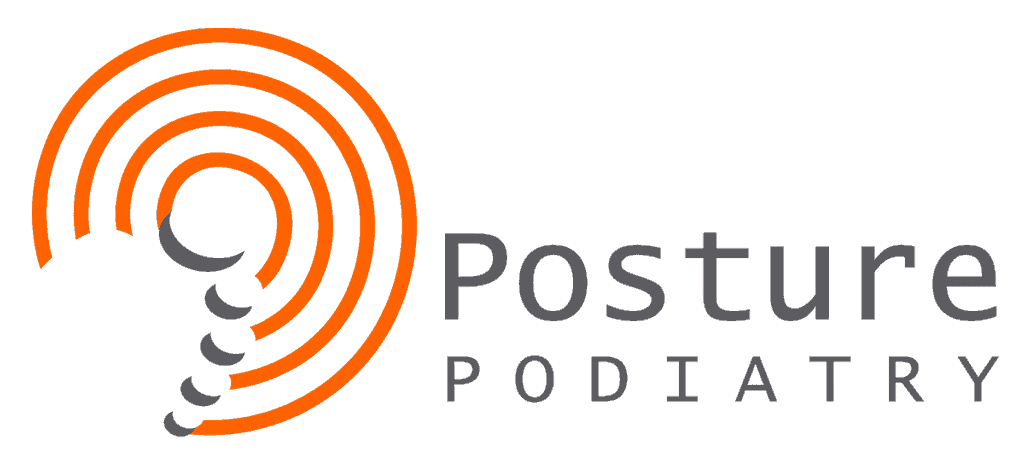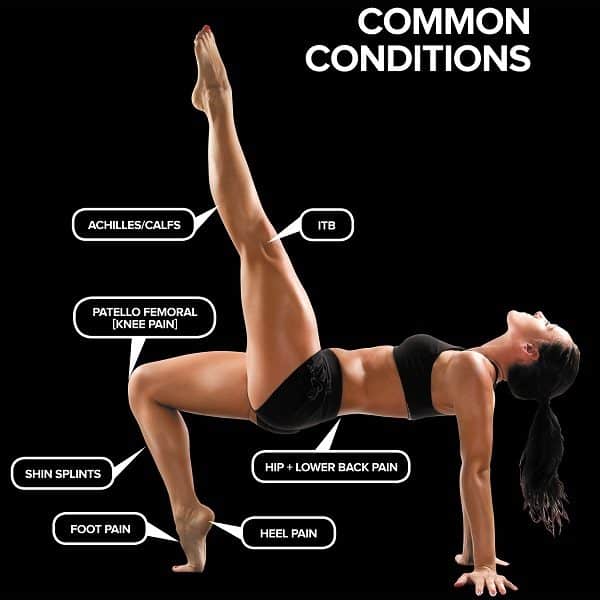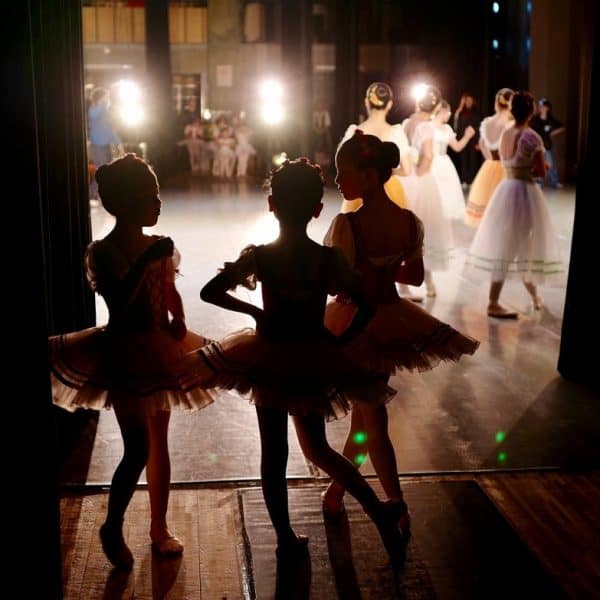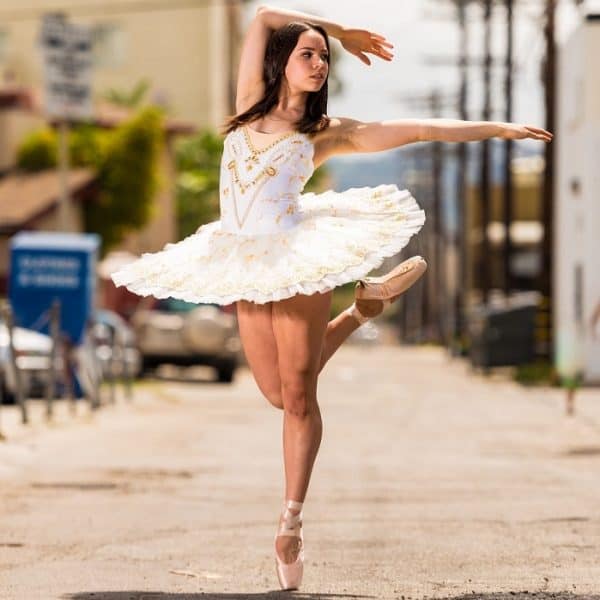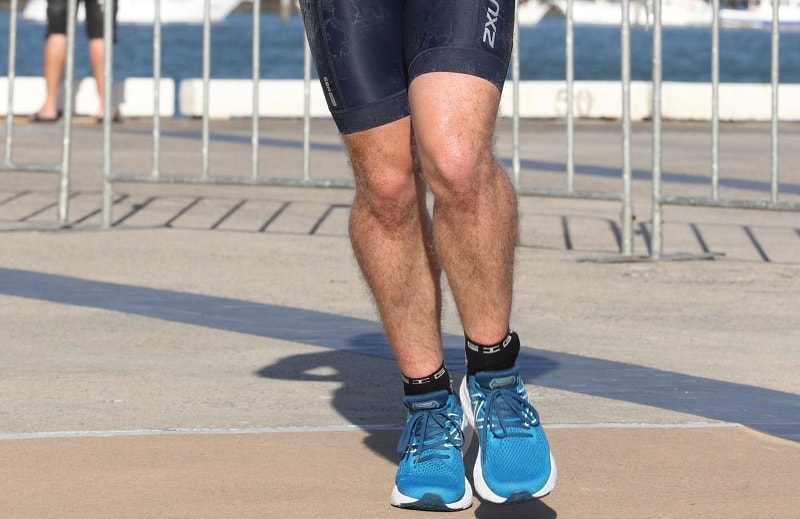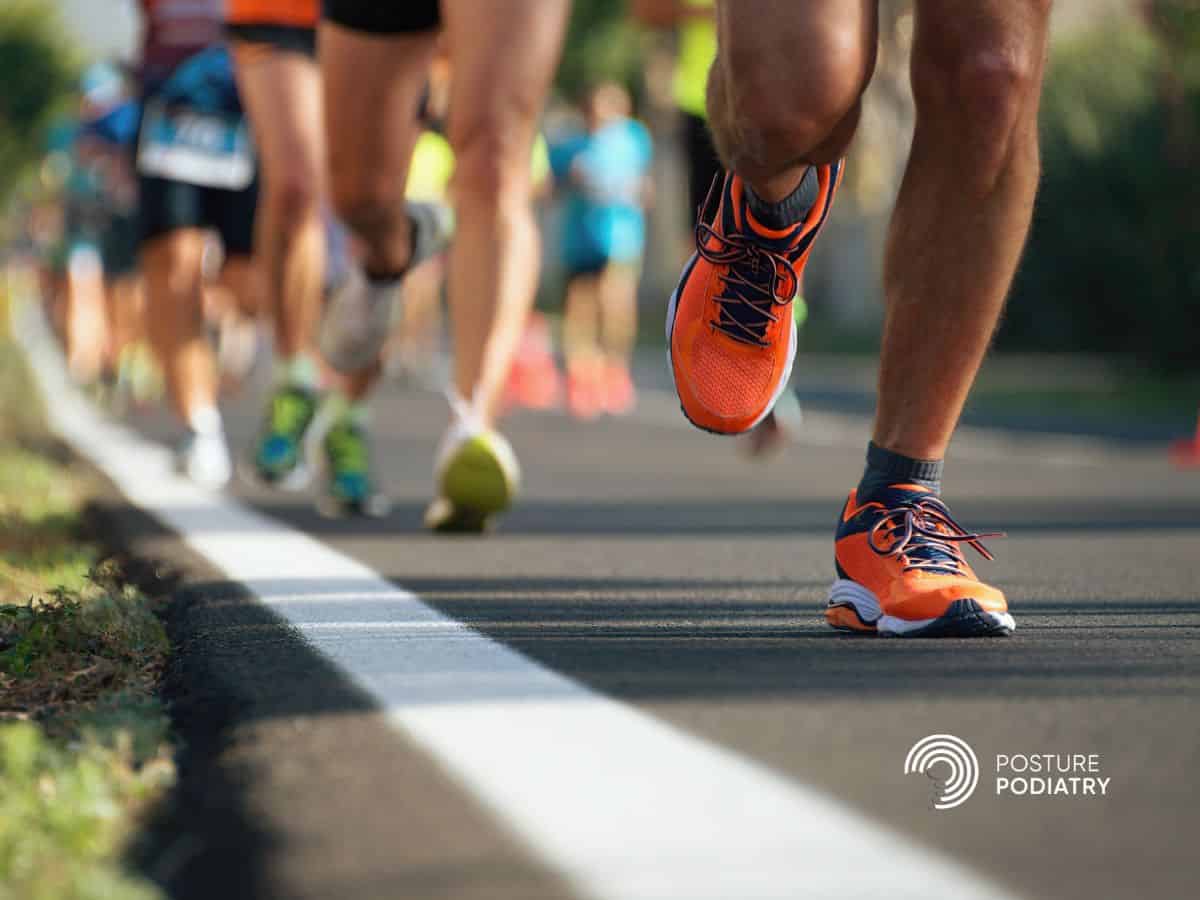Dance Injuries
As graceful as ballet and dance are, the demands on the body are quite tough. Dancers spend countless hours a week training, learning choreography, learning new moves to prepare for competition, recital or exam. There is generally little to no protection for the feet, depending on the style of dance.
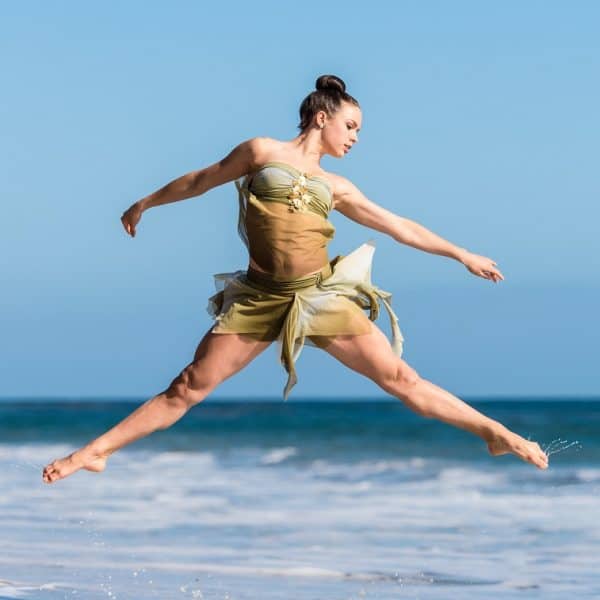
Ballet dancers are prone to a variety of injuries due to the intense physical demands of the art form. The 12 most common dance injuries encountered by ballet dancers include a mix of overuse and acute injuries, particularly affecting the feet and lower extremities. Here’s a list of the top 12 dance injuries:
1. Ankle Sprains – Rolling the ankle inward (inversion) or outward (eversion), often during landing or during quick directional changes. Common sites include the lateral ligaments on the outside of the ankle.
2. Achilles Tendinopathy – Overuse or excessive strain on the Achilles tendon, especially during jumps or relevés (i.e. dancer raises up on to the tips of the toes).
3. Stress Fractures – due to repetitive loading, especially in weight-bearing bones like the tibia (lower leg) and the metatarsals of the forefoot.
4. Patellofemoral Pain Syndrome (Runner’s Knee) – Misalignment of the kneecap or overuse.
5. Plantar Fasciitis – Inflammation of the plantar fascia due to excessive traction, loading or foot strain.
6. Posterior Impingement Syndrome (Ankle) – Repetitive pointe work causing compression at the back of the ankle.
7. Sesamoiditis – Inflammation or fracture of the sesamoid bones under the big toe.
8. Meniscus Tears – Twisting the knee while bearing weight (e.g., during turns).
9. Muscle Strains (Hamstrings, Calves, Hip Flexors) – due to overstretching or overuse, often during high extensions or jumps.
10. Morton’s Neuroma – A neuroma is a thickening or swelling of the neural sheath surrounding the nerves running between the metatarsal bones of the forefoot.
11. Blisters, Calluses and Corns – Skin lesions resulting from friction, hard skin build up or excessive loading.
12. Bunions – Repetitive hip rotation and extension.
As Podiatrists, we see countless dancers come through our doors with common foot and ankle injuries. We’ll run through some of the most common complaints by dancers and how we, as Podiatrists can help.

Common Dance Injuries Affecting the Feet
- Plantar fasciitis and Achilles Tendonitis
- Stress fractures
- Blisters, calluses and corns
- Ankle sprains
- Bunions
- Morton’s neuroma
- Posterior impingement syndrome
Need an Experienced Podiatrist Who Understands Dance Injuries?
Call Posture Podiatry on 8362 5900
or BOOK ONLINE 24/7
Plantar Fasciitis and Achilles Tendonitis
The term plantar fasciitis means inflammation of your plantar fascia. The plantar fascia runs along the bottom of your foot from your heel to your toes. It’s a very strong ligament, so problems usually occur at the attachment to the heel bone. That’s why people with plantar fasciitis complain of heel pain. Dancing barefoot, or in shoes that aren’t very supportive places a lot of stress through the plantar fascia which can lead to overuse and pain. It is also commonly associated with a flat or hypermobile foot.
Achilles tendinopathy is a common injury in dancing and results from overuse of the tendon, which joins the calf muscles (gastrocnemius and soleus) to the heel bone (calcaneus). This can occur with dancing due to jumping and landing and in ballet being en pointe, which places increased loads through the calf muscles and Achilles tendon.
With both plantar fasciitis and Achilles tendonitis, a sudden increase in training is also a common cause. Take the time to slowly increase load when coming back from an injury, holiday or if moving up a level and dancing a lot more.
Need an Experienced Podiatrist Who Understands Dance Injuries?
Call Posture Podiatry on 8362 5900
or BOOK ONLINE 24/7
Stress Fractures:
A stress fracture is a tiny crack in a bone that is the cause of repetitive stress and load. With the amount of jumping, landing, twisting and pivoting, dancing places a lot of load and stress through unprotected feet. Over time this stress can build up to cause a tiny fracture through bone, most commonly the metatarsal and navicular. Ballet is the most common style of dance for this injury as en pointe increases the stresses and load through these bones.
Fractures can also occur with dancing but are less common than stress fractures. Typically it involves the 5th metatarsal and is the result of an awkward landing on the outside of the foot or in combination with an ankle sprain.
Calluses and Corns
Corns and calluses form on the skin as a result of increased load, pressure and friction through weight bearing points on the feet. The skin tries to protect itself in these areas by laying down a thick, hardened layer of skin. Callus is just that, a thickened layer of skin on weight bearing points in the foot. A corn forms in extremely high weight bearing areas or in areas with a lot of friction and pressure. They involve a central plug or nucleus surrounded by inflamed skin and are painful to press. Corns generally cause more grief and discomfort than calluses.
Blisters
Blisters are the result of friction, whether that be between the skin and the floor, the skin and a sock or the skin and a shoe. Dancing involves a lot of pivoting, twisting and turning. This motion can cause friction on the skin, resulting in a blister. Biomechanics (or the way the body functions) can play a part in this friction, or it could be the cause of tight footwear or sometimes socks. Large callused areas can also be more prone to blistering. Whatever the cause, the best way to prevent and eliminate blisters is to remove the underlying cause.
Our podiatrists can examine the biomechanics and overall function of the feet and legs to ensure any causative factors are addressed. Footwear and sock choices can also make a significant difference in helping to prevent blisters, corns and calluses. Our podiatrists can also assist with footwear choice, modifications and sock advice.
Need an Experienced Podiatrist Who Understands Dance Injuries?
Call Posture Podiatry on 8362 5900
or BOOK ONLINE 24/7
Ankle Sprains
An ankle sprain occurs when the ligaments of the ankle get damaged or overstretched with stress. Ligaments are the structures that connect bones and provide stability and strength to the joints. In dancing, this can occur when landing or spinning and losing balance. For more information, check out one of our recent articles that goes into more detail and depth about ankle sprains.
Bunions
A bunion, or Hallux Abducto Valgus, is a deviation of the bones that make up the big toe. Hallux Abducto Valgus describes the movement of the big toe towards the second toe in medical terms. This deviation causes a ‘bump’ or ‘prominence’ on the inside of the foot. After time and pressure from footwear, this bump can get bigger and this is called a bunion. This can sometimes cause pain when dancing, but most commonly causes other forefoot issues, such as a nerumoa, due to the change in stresses through the forefoot.
Although dancing doesn’t directly cause a bunion, it is commonly seen in dancers and specifically ballet. This is because the demands of the big toe are greater in ballet with en pointe and demi pointe. Combined with squeezing into pointe shoes, a family history and a flat or hypermobile foot, you have the perfect ingredients for a bunion to form.
If you do notice a slight bump, don’t stress! There are multiple ways we, as Podiatrists, can limit and prevent the bunion from forming or progressing.
Need an Experienced Podiatrist Who Understands Dance Injuries?
Call Posture Podiatry on 8362 5900
or BOOK ONLINE 24/7
Morton’s Neuroma
A neuroma is a thickening or swelling of the sheath surrounding the digital nerves. These digital nerves run between the metatarsals. It is most commonly seen between the third and fourth metatarsal but can occur on any digital nerve. Constant trauma and movement from the surrounding bones can damage the nerve and cause a thickening or swelling of the sheath, which insulates the nerve. These changes can cause dull burning, tingling, shooting pain through the forefoot and is often described as feeling like a stone is under the foot. Tight footwear can exacerbate the pain experienced and is common in certain styles of dance, such as ballroom and flamenco. Also, dancing places increased load through the forefoot which can be the cause of initial irritation to the nerve sheath.
Need an Experienced Podiatrist Who Understands Dance Injuries?
Call Posture Podiatry on 8362 5900
or BOOK ONLINE 24/7
Posterior Impingement Syndrome
Posterior impingement syndrome is ankle pain that occurs with forced plantarflexion (pointing the toes down). The pain is caused by an extra bone, the os trigonum, that some people have in the back of the ankle. In most cases, this extra bone is not painful but it is common to have pain in dancers. This is because dancing often puts you in a position where you’re on the ball of the feet and pointing the toes, leading to the extra bone becoming compressed through the back of the ankle leading to pain.
Other common concerns include flat feet or hypermobility, restricted joint mobility and knee pain. All these concerns can be manged effectively with the right treatment.
What can Podiatrists do for Dancing Injuries?
As Podiatrists, we can assess the feet and legs of a dancer, determine the cause of the pain and help you to address the cause and manage your symptoms to keep you dancing in the long term. Treatment modalities used may include foot mobilisation, specific exercises, strapping, taping, padding, shoe modifications, dry needling, ESWT. Outside of dancing hours, sometimes orthotic appliances are utilised to assist foot and leg function particularly when hypermobile, flat feet are evident.
Dancing places a lot of stress on the feet, so it’s important to relieve as much stress as possible to ensure dancers can remain on the dance floor doing what they truly enjoy.
Need an Experienced Podiatrist Who Understands Dance Injuries?
Call Posture Podiatry on 8362 5900
or BOOK ONLINE 24/7
